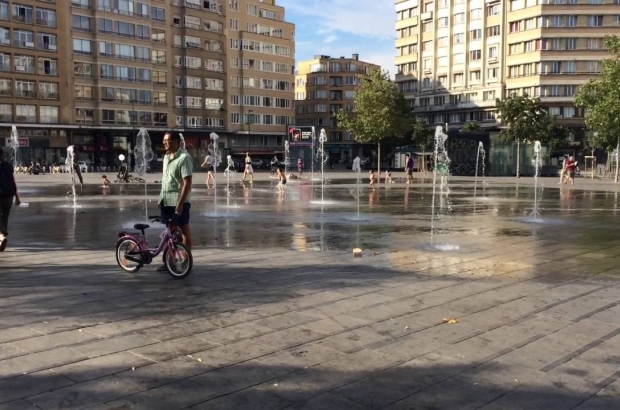- Daily & Weekly newsletters
- Buy & download The Bulletin
- Comment on our articles
Poor diverse neighbourhoods in Belgium suffer more in heatwave
Neighbourhoods with the lowest average incomes and those with the highest proportion of people of non-European origin are more sensitive to high temperatures, according to data analysed by De Tijd, reports Bruzz.
In Belgium’s cities, the poorest and most diverse neighbourhoods experience the highest number of heatwave days, with the figure sometimes as high as double the average.
Cities don’t cool down as much compared to suburban or rural areas, a reality known as the urban heat island effect.
But even within a city, the differences between neighbourhoods can be huge. The number of days on which the average temperature is more than 25°C is more than twice as high in the hottest districts, according to data from the Flemish Environment Agency's Climate Portal.
These overheated districts have something in common: low income residents.
In the hottest neighbourhoods in 13 Flemish cities, the average net taxable income is more than 12% lower than in the coldest. In Brussels, that difference increases to more than half. These neighbourhoods are therefore the poorest.
Another factor the neighbourhoods have in common is a higher share of residents with roots outside of the European Union. This proportion rises by two, three or even six times the average.
Residents of the hottest neighbourhoods run a higher risk of heat stress and health problems as a result of where they live.
One contributing factor is that lower-income neighbourhoods tend to have on average less green space. Greenery, of course, contributes considerably to cooling down an area.


















